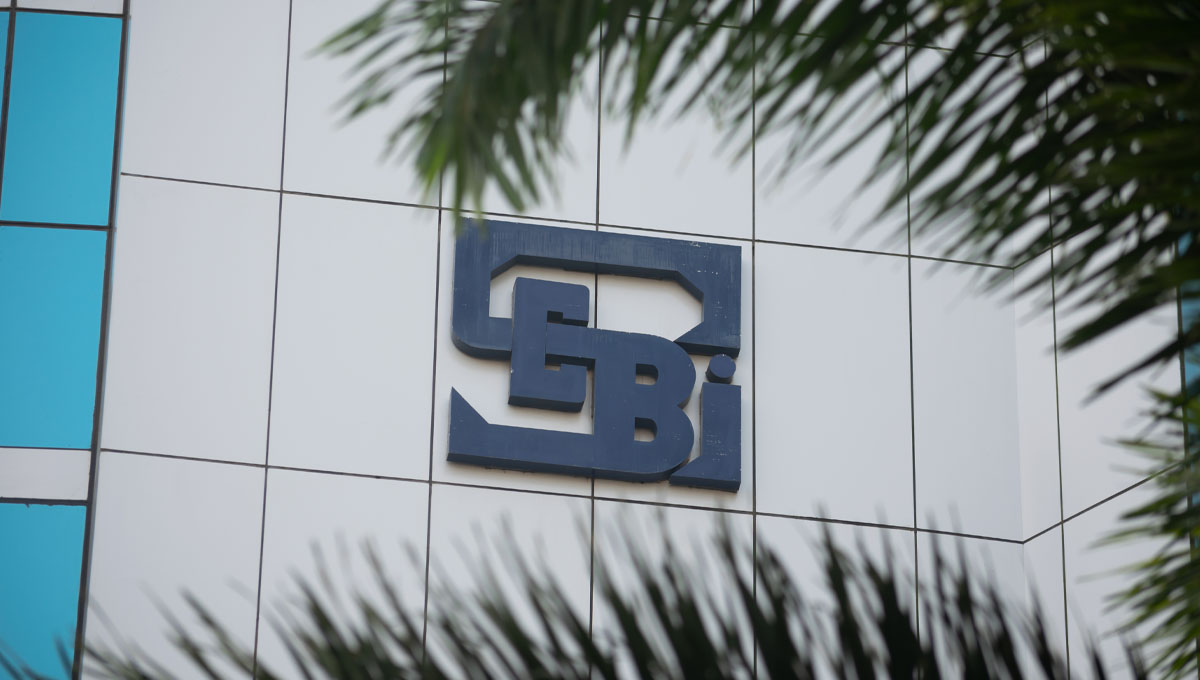Fast track merger was introduced in the Companies Act, 2013 (“Act”), basis the recommendations of the JJ Irani Committee (“Irani Report”). This simplified procedure of amalgamation, compromise, or arrangement of companies came into force as of December 15, 2016 to change the Mergers and Amalgamations (“M&A”) landscape in India by erasing the existing cumbersome merger process. However, in practice, the multiple level of clearance by regulators and interference by tribunals render the “fast track” merger superfluous and time-consuming.
Simply put, fast track merger seeks to do away with the usual time- consuming process of amalgamation, compromise, or arrangement by eliminating court intervention. Fast track merger bypasses the approval of the National Company Law Tribunal (“NCLT”),requiring, instead, approvals by shareholders, creditors, the Registrar of Companies (“ROC”), the Official Liquidator, and the Regional Director of the respective transferor and transferee companies.
Please click here to read the full article by Kumar Kislay and Angad Baxi, published in BW Legal World.













Kumar Kislay has been practicing law since the year 2013 and focuses on Infrastructure practice, Corporate-Commercial Litigations, and White-Collar Offences.